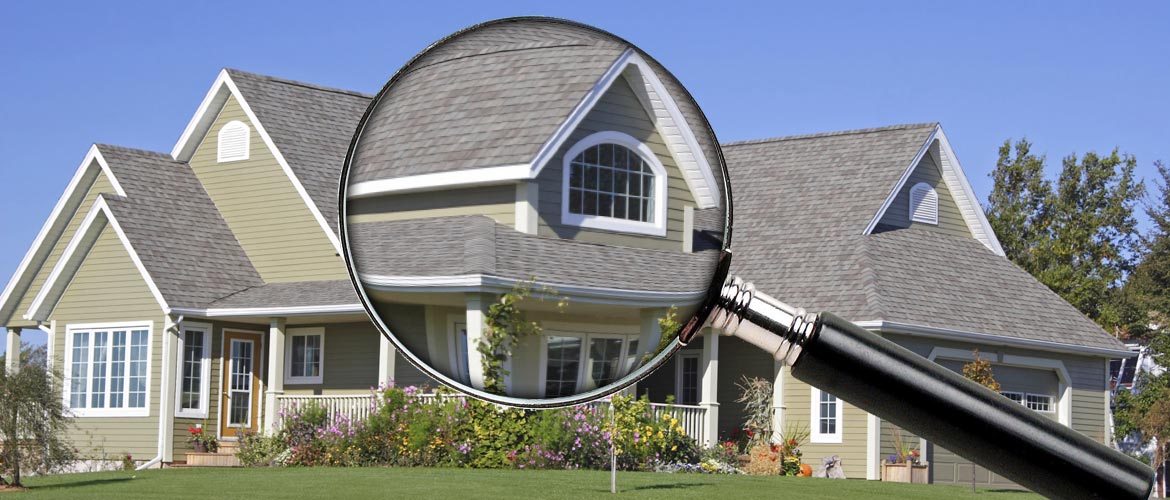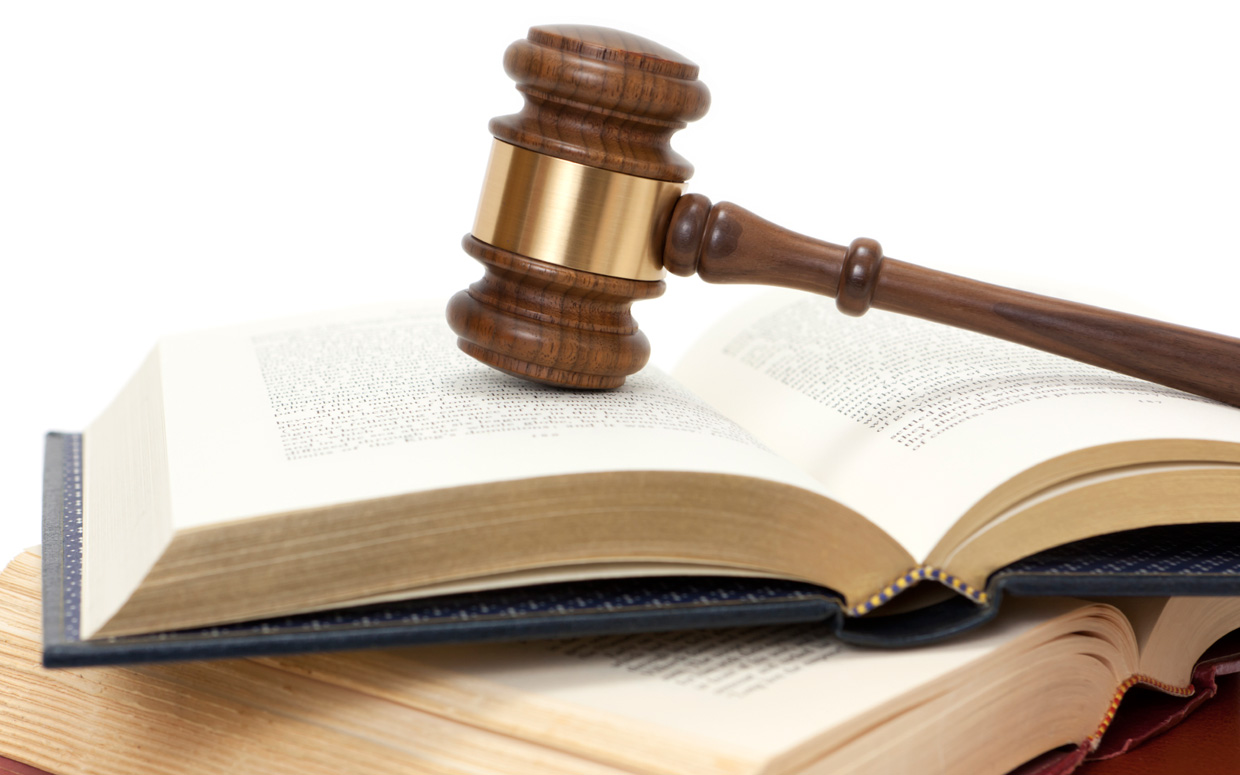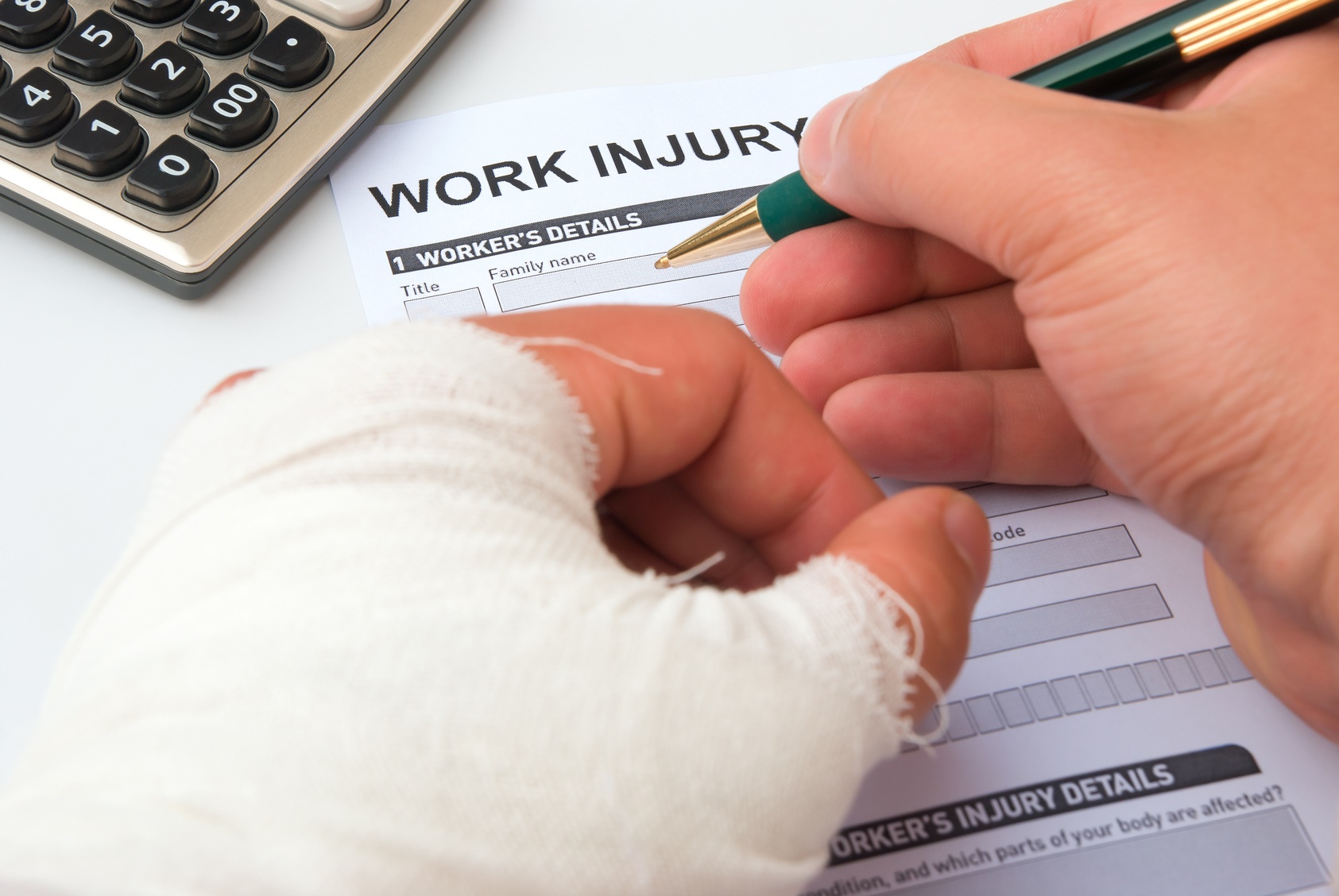The phrase “Keep your hands to yourself” might easily pass as a parental guidance. What most people fail to know is that it has far-reaching implications from a legal perspective. At times, a person might do something that adversely impacts others. If such a person creates a dangerous condition near a public space, may the involved public entity be held directly liable for failing to compel that person to create a safe environment with private property?
Examples
There are so many cases where a person might compromise the safety of public property and put others at risk of harm. The most common examples include:
- Planting trees that end up destroying public sidewalks and thus posing trip-and-fall risks.
- Putting up structures that either reflect or block sunlight in a way that can impair drivers’ visibility and therefore pose the risk of causing accidents.
In cases like Jordan v. The city of Long Beach, (1971) 17 Cal. App. 3d 878, 882 and Bakity v. Riverside, (1970) 12 Cal. App. 3d 24, 30, courts have ruled that a public entity has the mandate to be mindful of adjacent private property since the public property can be made dangerous by the neighboring private property.
So What Contributes To Liability?
Regardless, it should be noted that being mindful does not by any means translate to being liable. In fact, public entities play by different sets of rules and one can only be held liable under the following narrowly defined situations:
- A special claims procedure must be followed promptly and before a suit for damages. Otherwise, the public entity will win the case automatically.
- In California, the cause of action must be specifically provided for in a statute or under the Government Code, section 830, et seq. (dangerous condition of public property). Therefore, common law torts (like premises liability and negligence) do not apply.
- The public entity must be legally responsible for maintaining the questioned property.
- Alternatively, the public entity should be involved in habitual maintenance of the space (even if it is not legally required to do so)
- The dangerous condition should be sufficiently obvious to the point that the public entity should have stumbled upon it.
The Lawsuit
Even before you slap a public entity with a lawsuit, you need to do your homework and request pertinent maintenance and ownership records (according to the Public Records Act – PRA) to gather favorable information in preparation for litigation.
Apart from PRA documents, you might also need to examine the following
- The original plan for the structure. Please note that sometimes you might have to get the plans from a third party (such as a contractor);
- Work orders or complaints that relate to the subject area;
- Legal policies that govern the space and property under question;
- A deed of trust that shows the ownership of the property;
- Encroachment permits from the owner of the adjacent property;
- Documents that concern inspection and improvement plans.
Final Thoughts
If you do your homework as discussed above, you might find the legally liable party. A public entity, a contractor or another involved party could be liable. At that point, you are on your way to determining whether you have a viable case.
Michael J. Libutti is a Broker and Attorney at Class Realty Group’s San Diego office. Reach him by email at mlibutti@classrealtygroup.com or by phone at 858-220-4295.






